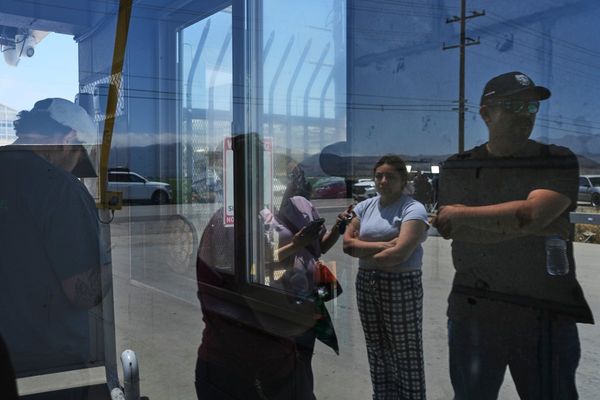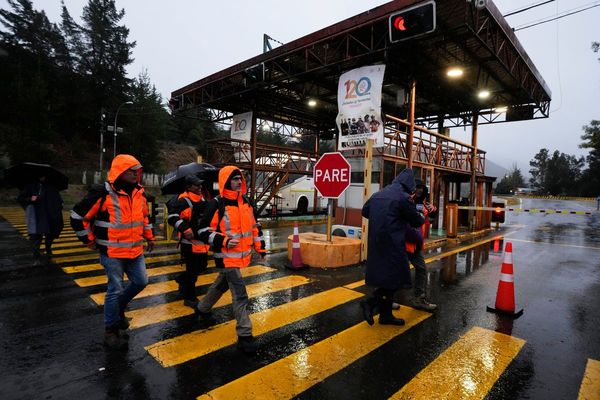
A spectacular train of satellites sweeping across the night's sky has confused and amazed stargazers in recent days, as the latest part of Elon Musk's plan for a space-based internet is deployed.
SpaceX launched the Starlink satellites, which will eventually be used to beam high-speed internet down to underserved parts of the world, in March aboard its Falcon 9 rocket, however favourable conditions have meant they are now easy to spot with the naked eye.
Their unusual formation have resulted in a spike of UFO reports throughout the world after each new batch enters orbit. Amateur astronomers have used apps and websites to track the string of satellites, such as the live feed provided by Heavens Above.
Astronomers have described them as a “string of bright pearls” in the night sky and say they will be visible in the skies above the UK for the rest of the week.
“When we can see them, we call them flares like the famous Irdium flares you can see from the Irdium communication satellites,” Malika Andress from the National Space Centre wrote in a recent blog post.
“This happens when you on the Earth, the satellite and the Sun are positioned in such a way as the Sun is reflected off the satellite and towards you.
“As a result, many of the passes will be ‘invisible’ to us, even if they are directly overhead. This is also why they suddenly appear and just as suddenly disappear – as soon as the angle is wrong, you can no longer see the reflected light.”
SpaceX plans to eventually launch 12,000 of the satellites in batches of 60, meaning even after this week there will be more opportunities to see the spectacle.
The company says the network will deliver broadband internet to areas across the globe, stating on its website: "With performance that far surpasses that of traditional satellite internet, and a global network unbounded by ground infrastructure limitations, Starlink will deliver high speed broadband internet to locations where access has been unreliable, expensive, or completely unavailable."
Some astronomers have criticised plans for internet satellite constellations, which are being pursued by various other private companies including Amazon. The presence of thousands of satellites could interrupt radio frequencies and disrupt images from optical telescopes.
Dave Clements, an astrophysicist at Imperial College London described the projects as a “tragedy” last year, warning that they may even threaten the planet by blocking observations of Earth-bound asteroids.
“They present a foreground between what we’re observing from the Earth and the rest of the universe, so they get in the way of everything,” he said. “And you’ll miss whatever is behind them, whether that’s a nearby potentially hazardous asteroid or the most distant Quasar in the universe.”
Other astronomers have downplayed any potential interference, claiming that their size and scale mean any interruption to astronomical observations would be minimal.
Oliver Hainaut, an astronomer at the European Southern Observatory, said less than 1 per cent of the telescopes at its German site would be affected by the satellites.
To minimise any impact, SpaceX has said it is “taking steps to make the base of Starlink satellites black”, telling The Independent that it is proactively coordinating with the European radio astronomy community and the US National Radio Astronomy Observatory.







